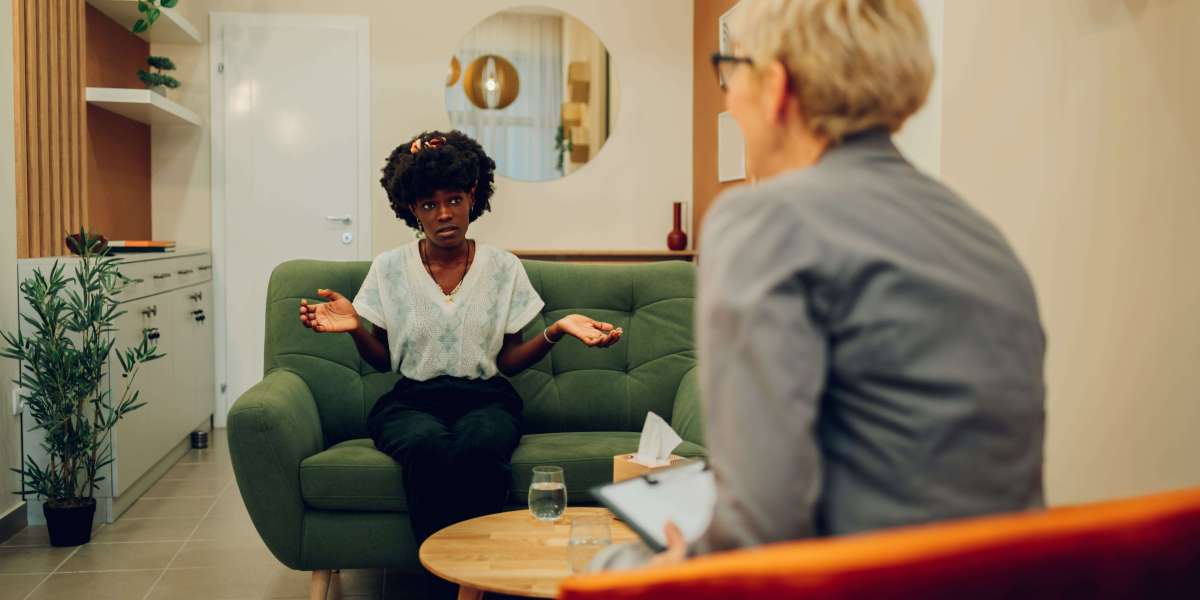Bhutan, the tiny Himalayan kingdom, is famous for its untouched landscapes, spiritual depth, and deep-rooted culture. But there’s much more to this mystical land than monasteries and mountains. From traditional wear to rare souvenirs and offbeat valleys, Bhutan offers travelers a truly immersive experience.
One of the best things to buy in Bhutan is its traditional dress, a reflection of its cultural pride and identity. Men wear the "Gho," a knee-length robe tied at the waist with a belt, while women wear the "Kira," a colorful, ankle-length dress paired with a short jacket called "Toego." The clothing is not just for show — it's worn every day and is mandatory in schools and government offices. These outfits are made from handwoven fabrics, often dyed with natural colors and designed with intricate patterns that tell stories of the country’s rich heritage.
Why Bhutan Feels Like a Step Back in Time
Bhutan is known for its commitment to preserving its heritage and nature. The country measures success by Gross National Happiness instead of GDP. This philosophy reflects in every part of Bhutanese life — from their connection with the environment to the way people greet each other with warmth and humility.
When you visit Bhutan, you'll notice the architecture is unique. Homes and buildings are painted with symbolic motifs, including dragons, lotus flowers, and even humorous phallic symbols meant to ward off evil. You won’t find high-rise buildings or big franchises here — just authentic experiences and traditional ways of living.
If you want to see Bhutan at its most peaceful and picturesque, the best time to visit Haa Valley is during the spring (April to June) or autumn (September to November). Located in the southwestern part of the country, Haa Valley is a less-traveled gem surrounded by pine forests, snowcapped peaks, and sacred temples. It’s an excellent destination for trekking, photography, and cultural exploration. During spring, the valley bursts into color with blooming rhododendrons and pristine weather.
Cultural Festivals and Traditions
Bhutan’s festivals, called “Tsechus,” are vibrant, colorful events held in various parts of the country. These festivals celebrate ancient Buddhist legends through mask dances, music, and storytelling. One of the most famous is the Paro Tsechu, held in spring, where monks and laypeople dress in their finest clothes — usually the national dress — to participate in the festivities.
If you’re visiting Bhutan, it’s a great idea to align your trip with a Tsechu. You’ll not only get to enjoy the performances but also understand the deeper spiritual and communal ties that bring Bhutanese people together.
Hidden Treasures: Beyond the Tourist Trail
While places like Paro, Thimphu, and Punakha are on every traveler’s list, Bhutan is full of hidden treasures waiting to be discovered.
Phobjikha Valley: A glacial valley and home to the endangered black-necked cranes that arrive each winter.
Bumthang: Often called the spiritual heartland of Bhutan, with some of the country’s oldest temples and sacred sites.
Tang Valley: Known for its untouched landscapes and traditional lifestyle, perfect for travelers who seek solitude.
Souvenirs You’ll Want to Take Home
Besides the traditional dress, Bhutan is known for several handcrafted items that reflect its rich artistic culture. These include:
Handwoven textiles: Beautifully crafted by local women using centuries-old techniques.
Thangka paintings: Religious scrolls painted with intricate designs and vibrant colors.
Prayer wheels and flags: Used in Buddhist rituals and great for spiritual home décor.
Local honey, incense, and herbal teas: Natural and sustainably produced, perfect for gifts.
These items are some of the best things to buy in Bhutan, not only because they’re unique but also because each item carries a piece of the country’s soul.
Bhutanese Cuisine: Simple Yet Flavorful
The Bhutanese diet is based on rice, vegetables, and meat, often flavored with chili. In fact, chilies are not just spices — they are the main ingredient. One of the most popular dishes is Ema Datshi, a spicy stew made with green chilies and cheese. If you’re feeling adventurous, try dishes like Jasha Maru (spicy chicken curry) or Phaksha Paa (pork cooked with radishes and chilies).
For vegetarians, Bhutan offers several delicious options made from fresh organic vegetables, mushrooms, and dairy products.
Travel Tips for Visiting Bhutan
Book through a registered tour operator – Bhutan has a unique travel policy where international tourists must travel through a licensed Bhutanese tour operator or their international partner.
Carry cash – Many remote areas don’t accept credit cards, so it's a good idea to carry Bhutanese Ngultrum or Indian Rupees.
Respect local customs – Always dress modestly, especially when visiting religious places. Remove shoes before entering temples.
Be prepared for varying altitudes – Bhutan’s terrain varies, so it’s best to stay hydrated and avoid heavy exertion on the first few days.
FAQs
Q1. What makes the Bhutanese dress so special?
The Bhutanese dress represents the country’s cultural identity. Every pattern, fabric, and design reflects centuries of tradition. It’s not just clothing but a symbol of pride and unity.
Q2. Is Haa Valley worth visiting?
Absolutely. Haa Valley is one of the most scenic and peaceful places in Bhutan. The best time to visit Haa Valley is spring or autumn when the weather is perfect and the landscape is at its most beautiful.
Q3. Can I buy a Bhutanese dress as a souvenir?
Yes! You can buy high-quality Gho and Kira from local markets or government handicraft emporiums. They make excellent souvenirs or even elegant cultural outfits for special occasions.
Q4. What is the currency used in Bhutan?
The official currency is the Bhutanese Ngultrum (BTN), but Indian Rupees are widely accepted.
Q5. Do I need a visa to enter Bhutan?
Yes, except for citizens of India, Bangladesh, and the Maldives, all tourists require a visa, which is arranged by your tour operator.
Final Thoughts
Bhutan is not just a destination — it’s a feeling. It’s where modern life slows down and allows you to connect with something deeper. Whether you're admiring the traditional attire, trekking through scenic valleys, or shopping for authentic crafts, Bhutan will leave a lasting impression on your heart.
So pack your bags and discover the charm of the Dragon Kingdom — where happiness is not just a goal, but a way of life.






